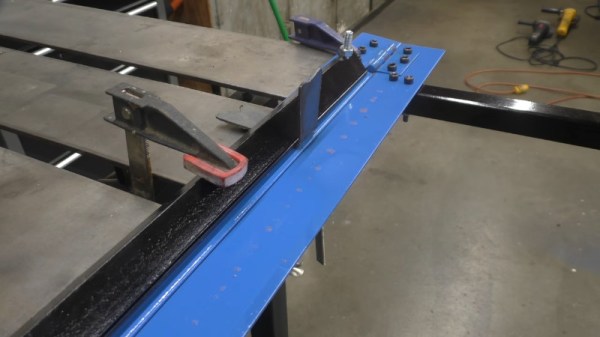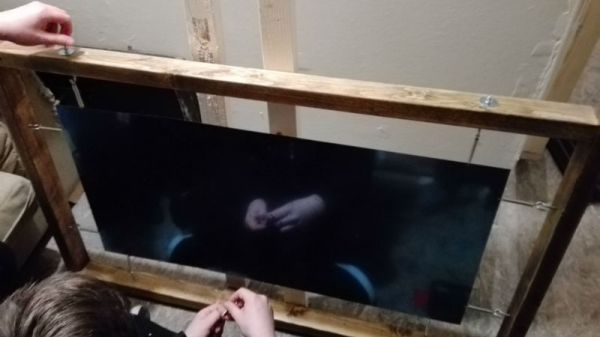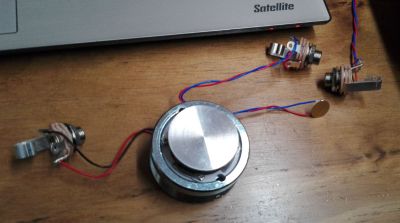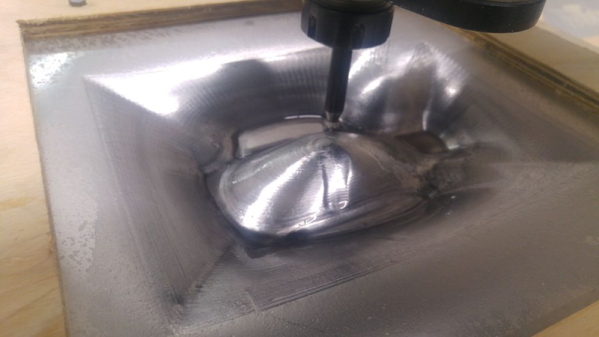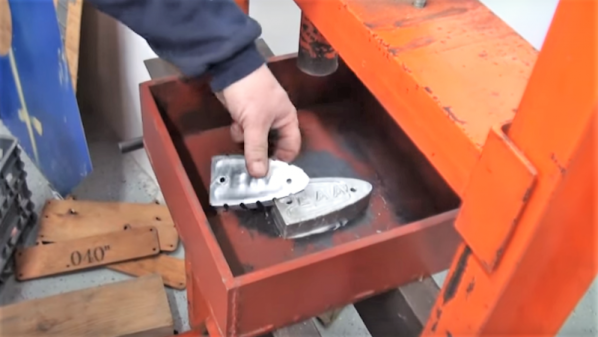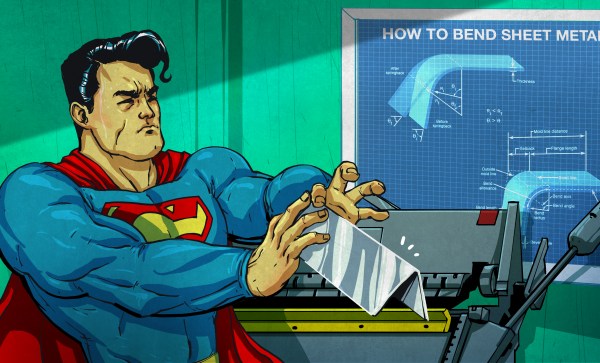Sometimes, there’s a job to be done and the required tools don’t fall easily to hand. [Bob] found himself in just such a position, needing to get some window flashing made up despite lacking a sheet metal brake. After waiting far too long for someone else to do the job, [Bob] elected to simply make the tools and do it himself instead (Youtube link, embedded below).
The project came about simply because [Bob] needed to bend 42″ sections of flashing, and couldn’t find a decent deal on a sheet metal brake above 36″ wide. The build starts with some angle iron and simple hinges, bolted together to form a basic brake design. With some rectangular hollow section bolted on for handles, the brake is then clamped to the bench and is ready for action.
It’s a build that any experienced hacker could whip up in an afternoon and be pumping out basic sheet metal parts by sundown, and requires no welding to boot. To learn more about bending sheet metal, check out our primer on the subject. Video after the break.
Continue reading “Build A Sheet Metal Brake With No Welding Required”

